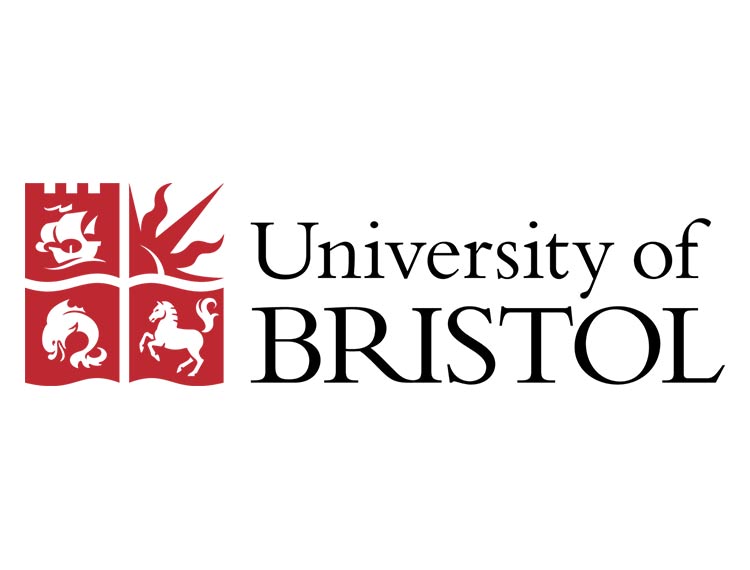Landmark enterprise campus designs revealed by University of Bristol

The new research, enterprise and teaching buildings will be home to some of the world’s most high-tech facilities and will include a variety of learning, study and collaboration areas, state-of-the-art labs, research facilities and social spaces.
When the Temple Quarter Enterprise Campus opens, neighbouring communities and rail passengers at Bristol Temple Meads will be greeted by two glazed buildings, landscaped public spaces, and new pedestrian and cycle routes joining the city centre to the east of the city.
A consultation on the plans will run from 9 to 25 September, with the public being invited to find out more and share their view via an online survey, series of events and exhibitions.
Outline planning permission for the campus has already been granted and a public consultation on the detailed design of the student residential accommodation, located on the northern end (next to Brocks Bridge) of Temple Island, was held in April.
The new seven-acre campus will provide teaching, research and innovation space for 3,000 students, around 800 members of staff and external partners from business and the city’s communities. It will have a clear focus on digital, business and social innovation.
The campus will be home to the University’s new School of Management, its Centre for Innovation and Entrepreneurship and much of its digital engineering activity. It will include the recently announced Bristol Digital Futures Institute and the Quantum Technology Innovation Centre.
Professor Guy Orpen, Deputy-Vice-Chancellor for New Campus Development, said: “We are excited to share our vision for the campus and look forward to hearing people’s feedback.
“We are creating a dedicated space for collaboration and discovery where businesses, civic partners and the local community can work together with our students, academics and researchers.
“This meeting of minds will develop fresh perspectives and explore how we can innovate responsibly, create an inclusive economy that works for everyone and address some of the future’s big research questions.”
The detailed designs show both the outside and inside of the main academic building, revealing an open and welcoming space.
Its ground floor will host exhibitions, public events such as lectures and film screenings, pop-up catering, a café and shop. A light-filled central foyer will span the full height of the five storeys above, which will be a mix of research, teaching and social spaces.
The foyer will be connected to a number of social and enterprise spaces located on the ground floor, which have been designed to put local communities at the heart of the building.
The buildings have been designed to be sensitive to the historical setting of Temple Quarter, while also reflecting the modern, innovative nature of the campus. For example, the use of textured masonry relates to the stone and brick qualities of the Floating Harbour and Bristol Temple Meads.
Above, evoking the idea of a lantern, a glazed façade with vertical aluminium fins for solar shading allow the building to reflect the city and the sky, changing to reveal the interior as the sun goes down.
The University has a commitment to become carbon neutral by 2030 and the new buildings on the Cattle Market site have been designed to support this with a number of eco-friendly elements incorporated into their design, such as rainwater harvesting, a biodiverse roof, solar panels and heat recovery systems.
The campus will be car-free and proposals include a new transport hub at the entrance to the Cattle Market site which could accommodate extended public bus services.
The development is part of a wider regeneration of the Temple Quarter area that will help create a new inclusive city district, contribute to economic growth and job creation, and new walking and cycling paths to improve connections between the city centre and the east of Bristol.











Responses